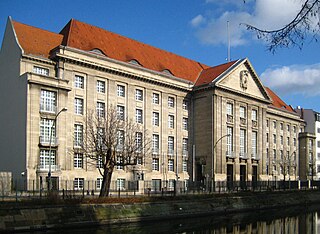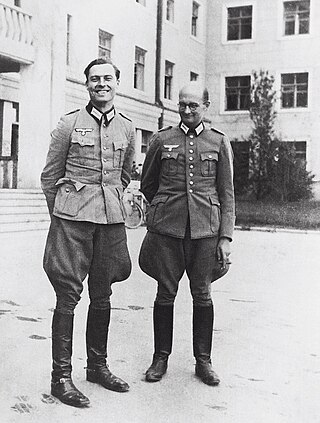
Claus von Stauffenberg was a German army officer who is best known for his failed attempt on 20 July 1944 to assassinate Adolf Hitler at the Wolf's Lair.
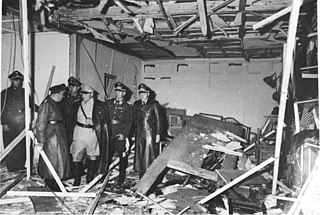
The 20 July plot was a failed attempt to assassinate Adolf Hitler, the chancellor and leader of Nazi Germany, and overthrow the Nazi regime on 20 July 1944. The plotters were part of the German resistance, mainly composed of Wehrmacht officers. The leader of the conspiracy, Claus von Stauffenberg, tried to kill Hitler by detonating an explosive hidden in a briefcase. However, due to the location of the bomb at the time of detonation, the blast only dealt Hitler minor injuries. The planners' subsequent coup attempt also failed and resulted in a purge of the Wehrmacht.

Job Wilhelm Georg Erdmann Erwin von Witzleben was a German Generalfeldmarschall in the Wehrmacht during the Second World War. A leading conspirator in the 20 July plot to assassinate Adolf Hitler, he was designated to become Commander-in-Chief of the Wehrmacht in a post-Nazi regime had the plot succeeded.
Jackboot Mutiny is a 1955 West German film directed by Georg Wilhelm Pabst about the 20 July Plot to assassinate Adolf Hitler. It features Bernhard Wicki as Stauffenberg.

Werner Karl Otto Theodor von Haeften was an Oberleutnant in the Wehrmacht who took part in the military-based conspiracy against Adolf Hitler known as the 20 July plot.

Operation Valkyrie was a German World War II emergency continuity-of-government operations plan issued to the Territorial Reserve Army of Germany to implement in the event of a general breakdown in national civil order due to Allied bombing of German cities, or an uprising of the millions of foreign forced labourers working in German factories.

Friedrich Wilhelm Waldemar Fromm was a German Army officer. In World War II, Fromm was Commander in Chief of the Replacement Army (Ersatzheer), in charge of training and personnel replacement for combat divisions of the German Army, a position he occupied for most of the war. He was executed for failing to act against the plot of 20 July 1944 to assassinate Adolf Hitler.
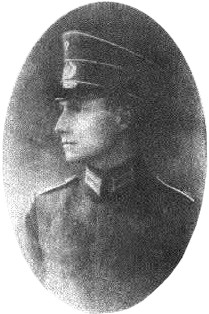
Hans-Jürgen Graf von Blumenthal was a German aristocrat and Army officer in the Second World War who was executed by the Nazi régime for his role in the 20 July plot to assassinate Adolf Hitler.

Kurt Gebhard Adolf Philipp Freiherr von Hammerstein-Equord was a German general (Generaloberst) who was the Commander-in-Chief of the Reichswehr, the Weimar Republic's armed forces. He is regarded as "an undisguised opponent" of Adolf Hitler and the Nazi regime.

Albrecht Mertz von Quirnheim was a German Army colonel and a resistance fighter in Nazi Germany involved in the 20 July plot against Adolf Hitler.

Friedrich Olbricht was a German general during World War II. He is known for being one of the plotters involved in the 20 July Plot, an attempt to assassinate Adolf Hitler in 1944.
Rudolf Graf von Marogna-Redwitz was a Colonel of the Wehrmacht, member of the German Resistance in Nazi Germany and the 20 July Plot against Adolf Hitler at the Wolf's Lair in East Prussia.

The German Resistance Memorial Center is a memorial and museum in Berlin, capital of Germany.

Valkyrie is a 2008 thriller film directed by Bryan Singer, written by Christopher McQuarrie and Nathan Alexander, starring Tom Cruise. The film is set in Nazi Germany during World War II and depicts the 20 July plot in 1944 by German army officers to assassinate Adolf Hitler and to use the Operation Valkyrie national emergency plan to take control of the country. The film was released by American studio United Artists and stars Cruise as Colonel Claus von Stauffenberg, one of the key plotters. The supporting cast includes Kenneth Branagh, Bill Nighy, Eddie Izzard, Terence Stamp, and Tom Wilkinson.
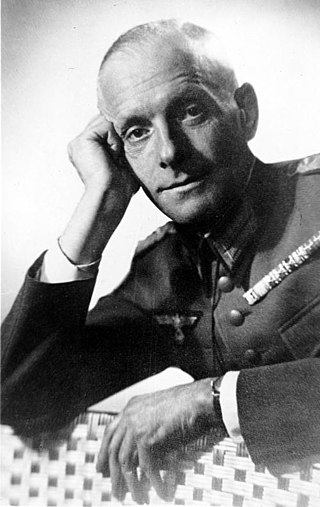
The Oster Conspiracy of 1938 was a proposed plan to overthrow German Führer Adolf Hitler and the Nazi regime if Germany went to war with Czechoslovakia over the Sudetenland. It was led by Generalmajor Hans Oster, deputy head of the Abwehr, and other high-ranking conservatives within the Wehrmacht who opposed the regime for behavior that was threatening to bring Germany into a war that they believed it was not ready to fight. They planned to overthrow Hitler and the Nazi regime through a storming of the Reich Chancellery by forces loyal to the plot to take control of the government, who would either arrest or assassinate Hitler, and restore the Monarchy under Prince Wilhelm of Prussia, the grandson of Wilhelm II.

The Plot to Kill Hitler is a 1990 television film based on the July 20 plot by German High Command to kill Adolf Hitler in 1944. Brad Davis stars as Colonel Claus Schenk Graf von Stauffenberg, who plants a bomb in the conference room of the Führer's headquarters in East Prussia.
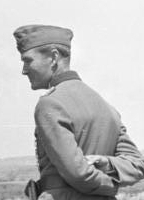
Joachim Otto August Achatius von Kortzfleisch was a German general in the Wehrmacht during World War II. As the commander of the Military District III (Berlin), he played a role in the failure of the attempted coup following the 20 July Plot attempt to assassinate Adolf Hitler, which was led by Kortzfleisch's own distant cousin, Claus von Stauffenberg.
Joachim Sadrozinski was a German Army officer who took part in the 20 July plot.

The Ministry of the Reichswehr was the defence ministry of the Weimar Republic and the early Third Reich. Based in the Bendlerblock building in Berlin, it was established in October 1919 under the leadership of a defence minister and staffed mostly from the existing Prussian Ministry of War. Its longest serving Weimar era ministers were the civilian Otto Gessler and the former general Wilhelm Groener.

Margarethe von Oven was a secretary in the Bendlerblock and an accomplice in the 20 July plot to assassinate Adolf Hitler.
